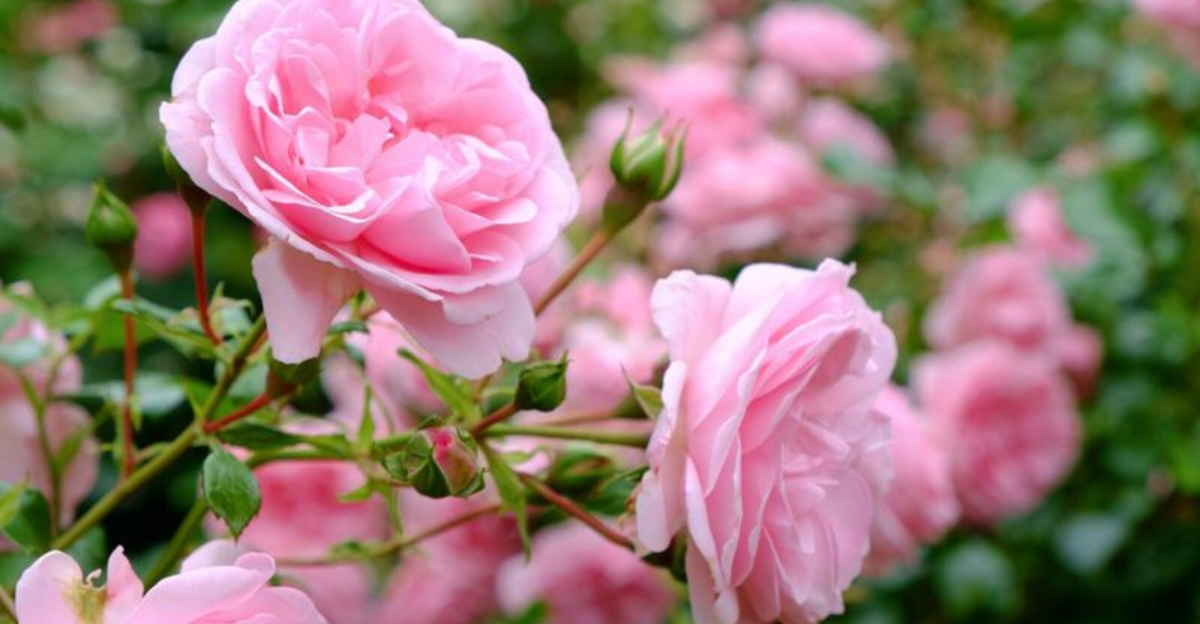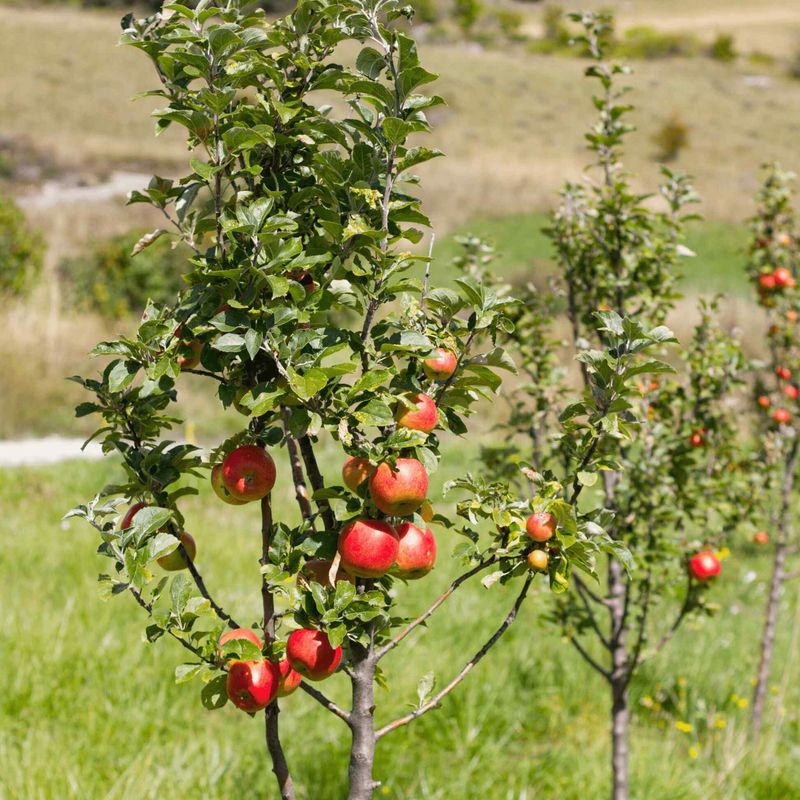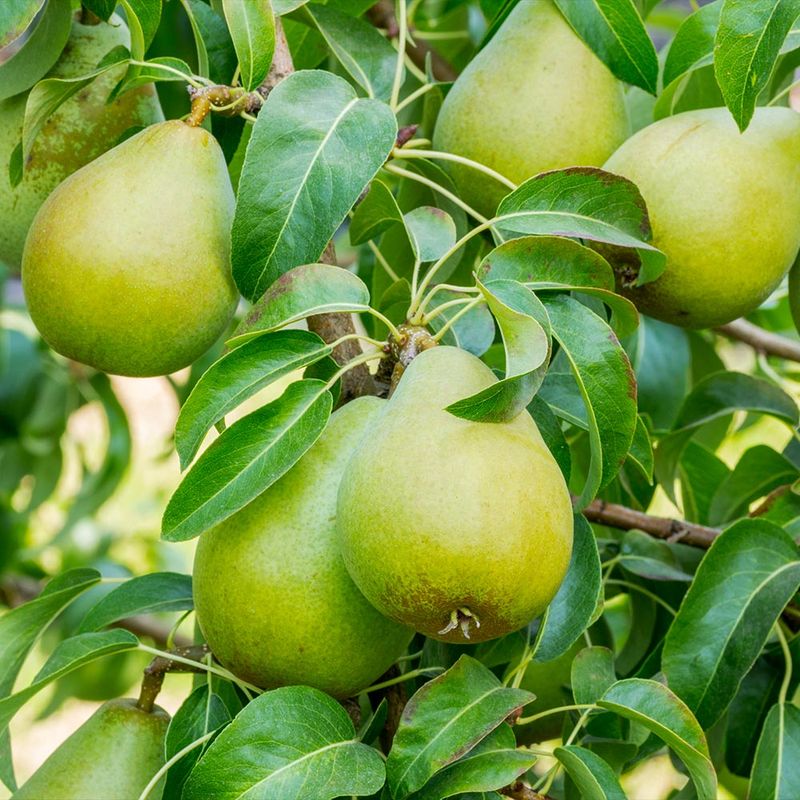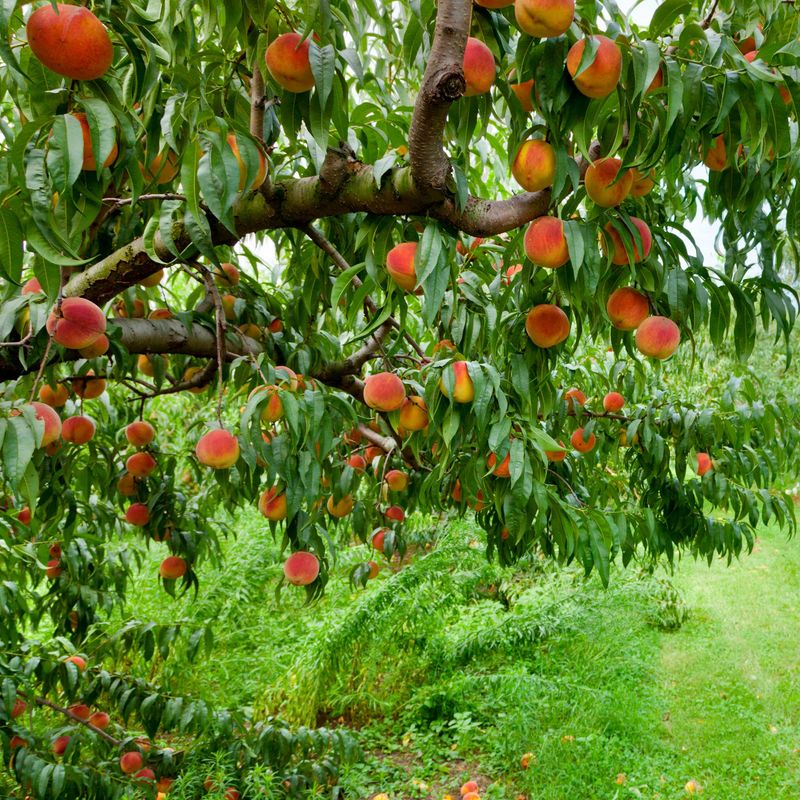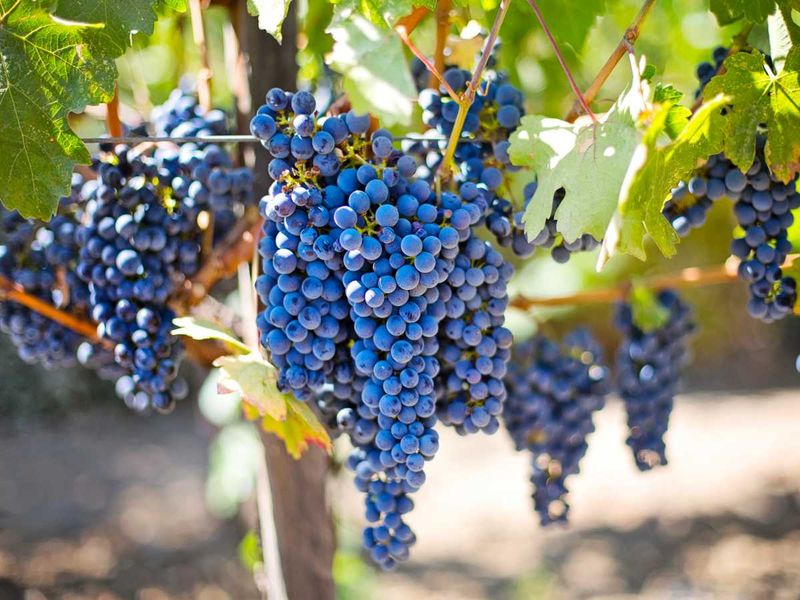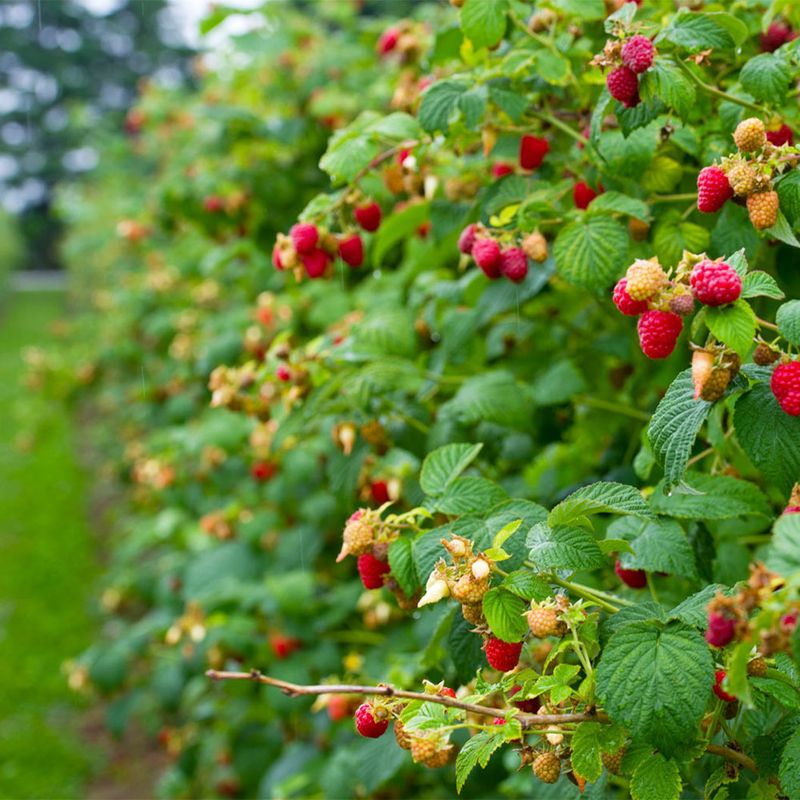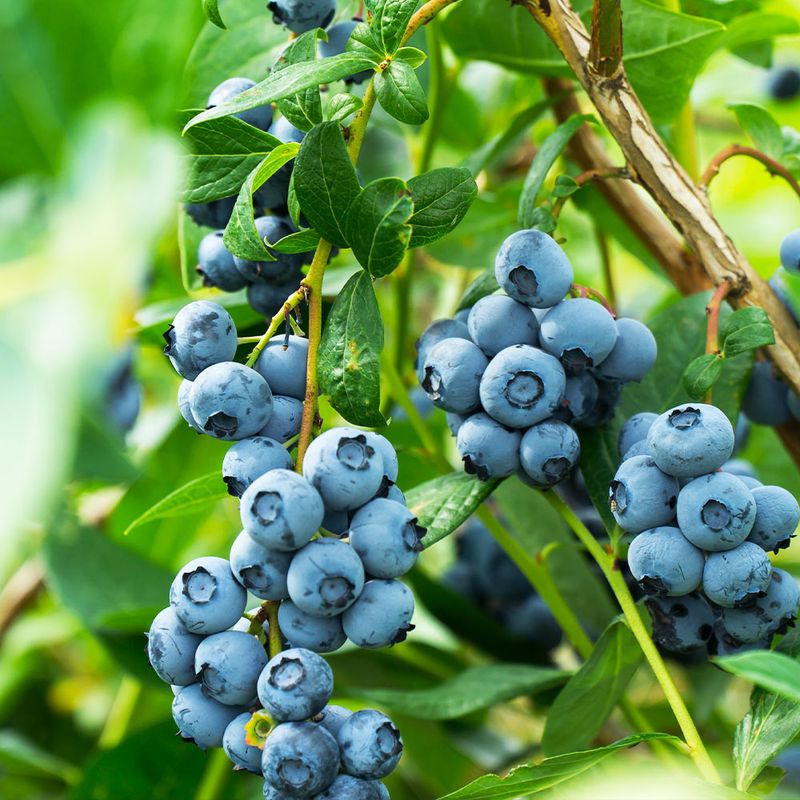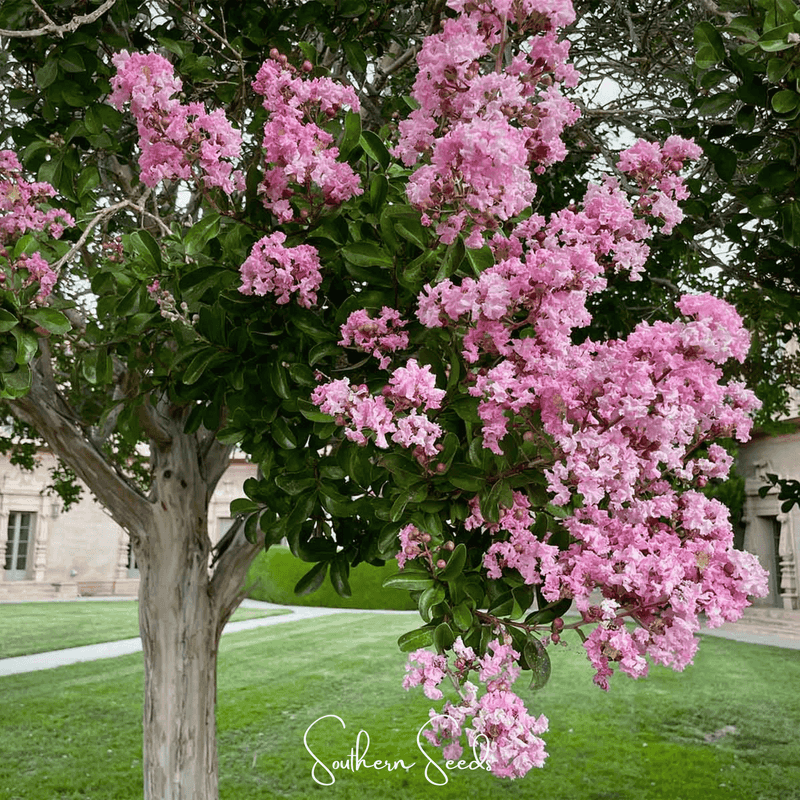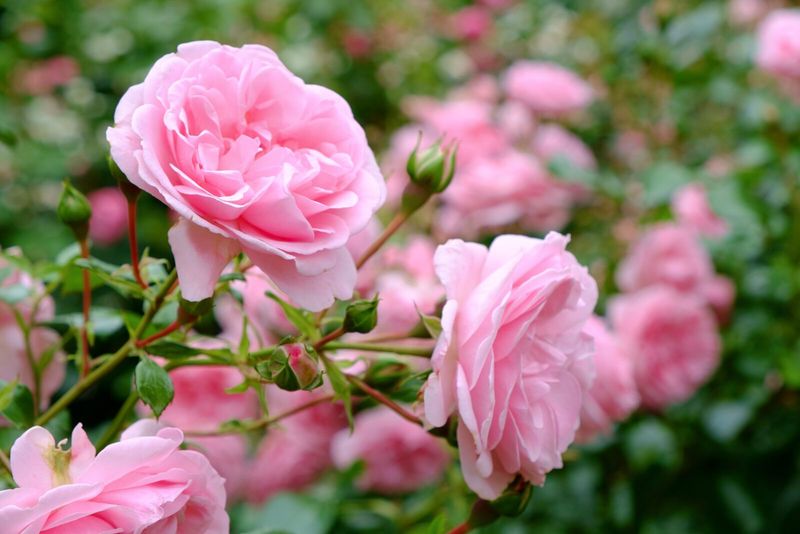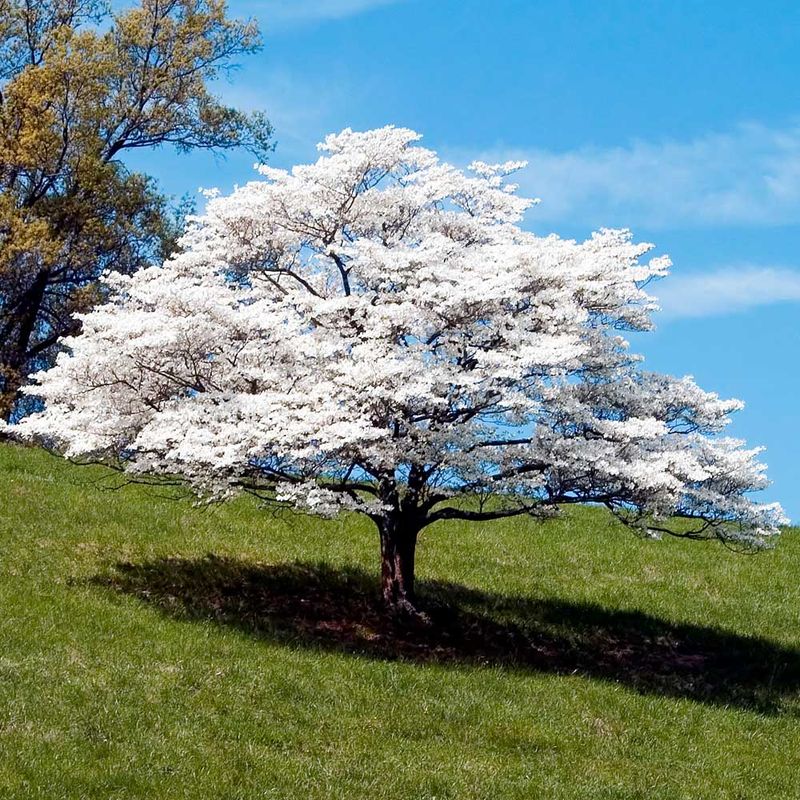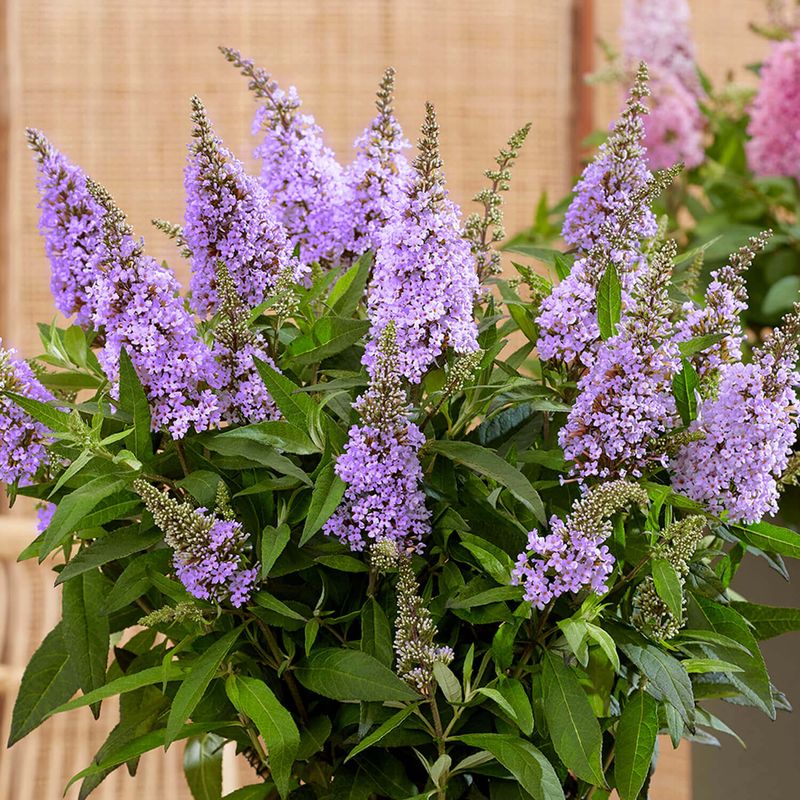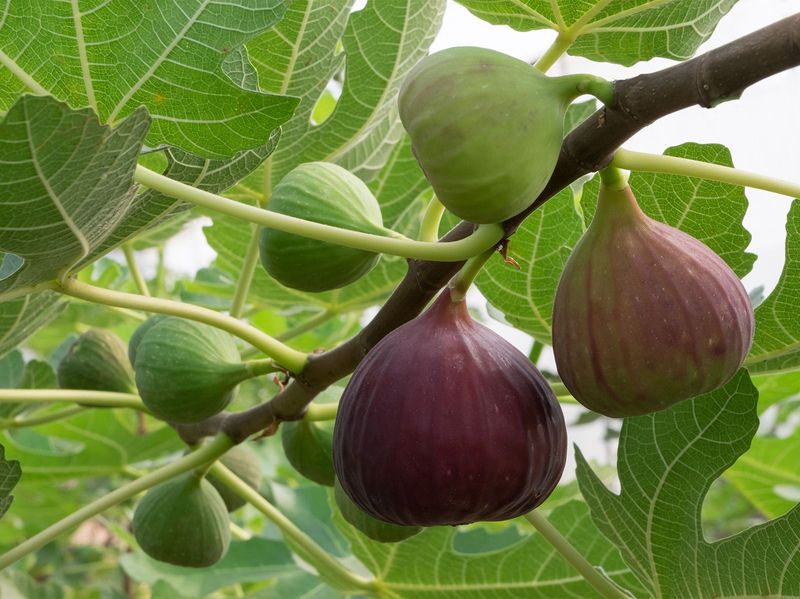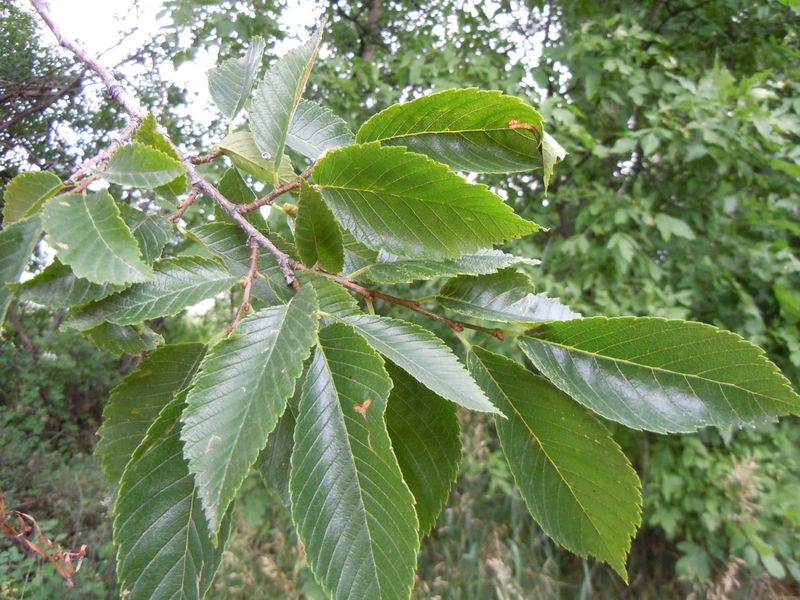February is the ideal time to prune various trees and shrubs, as many are still in dormancy, allowing for minimal stress and optimal growth come spring.
This guide covers 15 specific plants that benefit from February pruning. By tending to these plants, you ensure healthy growth and bountiful yields. Read on to discover detailed instructions and tips for each plant.
1. Apple Tree
Apple trees thrive with February pruning. Focus on removing dead or crossing branches to ensure healthy fruit production. Begin by identifying the central leader to encourage upward growth. Next, thin out the canopy.
This allows sunlight to penetrate, fostering better fruit development. Keep the branches balanced, aiming for an open vase shape. This shape not only enhances air circulation but also simplifies harvesting.
Remember, avoiding excessive pruning is key, as it can stress the tree. With the right approach, your apple tree will flourish with an abundance of fruit.
2. Pear Tree
Pear trees benefit from thoughtful February pruning. Start by removing any dead or diseased wood to maintain plant health. Focus on shaping the tree into a pyramid, enhancing both strength and fruit yield.
Next, thin out crowded areas to increase air flow and sunlight penetration. This minimizes the risk of disease and promotes robust growth. Aim to maintain an open center, which aids in fruit development and harvesting ease.
Avoid cutting back more than a third of the tree to prevent stress. With careful pruning, your pear tree will be poised for a bountiful season.
3. Peach Tree
Peach trees require strategic February pruning for optimal health and yield. Begin by targeting dead or damaged wood, clearing the path for new growth. Aim to shape the tree into an open vase structure.
This configuration encourages sunlight to reach all branches, promoting even fruit development and reducing disease risks. Pare back any branches growing inward to maintain this open shape.
Limit pruning to about a third of the tree’s overall size to prevent undue stress. With these steps, your peach tree will be well-prepared for a fruitful growing season.
4. Grapevine
Grapevines flourish with February pruning. Focus on cutting back to two or three buds per spur to ensure concentrated energy and growth. First, remove any old or unproductive canes.
This directs nutrients to the healthiest parts of the plant. Next, aim to maintain a balanced structure by thinning out crowded areas. This ensures sunlight and air reach all parts, reducing the risk of disease.
Pruning too much can stress the vine, while too little might lead to reduced fruit quality. With precise cuts, your grapevine will be prepared for a productive season.
5. Raspberry Bush
Prune raspberry bushes in February for vigorous growth. Start by removing old, grey canes that have already fruited. This clears the way for new canes, which produce the best fruit.
Next, thin out the remaining canes to about 6 inches apart. This spacing allows for adequate air circulation and light penetration, essential for healthy plants. Shorten the canes to about 5 or 6 feet tall.
This height is manageable and encourages stronger growth. Careful pruning leads to more accessible harvesting and a plentiful raspberry yield come summer.
6. Blueberry Bush
Pruning blueberry bushes in February is key for healthy growth. Begin by removing dead or diseased wood to maintain plant vigor. Focus on shaping the bush to enhance air flow and light penetration.
Remove crossing branches and any older wood that no longer produces. Aim for a balanced shape, allowing each branch access to sunlight. This promotes even berry development.
Limit removal to about 20% of the bush to avoid stressing the plant. With these steps, your blueberry bush will thrive, producing a bountiful crop of delicious berries.
7. Crape Myrtle
Crape myrtles benefit from February pruning to maintain their shape and health. Begin by removing any suckers from the base of the plant. Next, prune dead or weak branches to encourage robust growth.
Focus on shaping the tree by thinning out the interior branches. This increases sunlight penetration and air circulation, promoting vibrant blooms. Keep the natural form of the crape myrtle, avoiding excessive topping.
This preserves the tree’s graceful structure and enhances its flowering potential. With careful attention, your crape myrtle will bloom beautifully in the warmer months.
8. Rose Bush
Rose bushes need February pruning for healthy growth and blooms. Start by cutting back dead or damaged wood. This encourages new growth and reduces disease risk.
Shape the bush by removing crossing branches and thinning crowded areas. This improves air circulation and light exposure, crucial for vibrant roses. Aim for an open center to facilitate maintenance and enhance appearance.
Avoid cutting back too severely, as this can stress the plant. With these techniques, your rose bush will be ready to flourish with stunning blooms in the spring.
9. Hydrangea
Hydrangeas benefit from February pruning to encourage lush blooms. Begin by removing any dead wood or old flower heads from the previous season. This clears space for new growth.
Focus on shaping the plant by thinning out crowded shoots. This improves air flow and light penetration, vital for healthy blooms. Prune to maintain a rounded shape.
Be mindful not to cut back too far, particularly with varieties that bloom on old wood. With this balanced approach, your hydrangea will reward you with spectacular flowers in the coming season.
10. Dogwood Tree
Dogwood trees thrive with February pruning. Start by eliminating any dead or crossing branches to enhance structure. Focus on maintaining a balanced form to support healthy growth.
Next, thin out the interior to increase light and air flow. This reduces disease risk and supports vibrant blooms. Avoid severe cuts, as dogwoods are sensitive to over-pruning.
Maintain a natural shape, prioritizing the tree’s health and aesthetics. With careful attention, your dogwood tree will blossom beautifully and remain robust throughout the year.
11. Wisteria
Pruning wisteria in February is crucial for managing its vigorous growth. Begin by trimming side shoots to about 2 or 3 buds. This focuses energy on flower production.
Remove any dead or tangled vines to maintain a clean structure. Next, thin out crowded areas. This increases sunlight and air flow, promoting lush blooms.
Avoid over-pruning, which can reduce flowering. With patience and precision, your wisteria will grace your garden with an abundance of beautiful flowers in the spring.
12. Butterfly Bush
February pruning is vital for butterfly bushes. Start by cutting back to about 12 inches above the ground, encouraging dense, vigorous growth. Remove any dead or weak wood to enhance plant health.
This promotes a robust structure and vibrant blooms. Thin out crowded branches to improve light and air circulation. This is essential for preventing disease.
Prune to maintain a balanced shape, avoiding drastic cuts that could stress the plant. With these steps, your butterfly bush will attract pollinators with its stunning flowers.
13. Fig Tree
Prune fig trees in February to promote healthy growth and fruiting. Begin by removing any dead or crossing branches. This improves structure and air flow. Focus on shaping the tree to maintain a manageable size.
This makes harvesting easier and supports even fruit production. Thin out crowded areas to ensure sunlight reaches all parts of the tree. Avoid heavy pruning, which can stress the fig tree.
With a gentle approach, your fig tree will be set for a productive and healthy growing season.
14. Willow Tree
February is ideal for pruning willow trees. Start by removing dead or damaged branches to promote healthy new growth. Focus on maintaining a balanced shape for aesthetic appeal and structural integrity.
Thin out the canopy where needed, which enhances light penetration and air circulation. This reduces the risk of disease and encourages robust growth. Avoid cutting too deeply into the tree.
With thoughtful pruning, your willow tree will remain a graceful and healthy addition to your garden.
15. Elm Tree
Pruning elm trees in February supports their health and resilience. Start by removing any dead, diseased, or crossing branches to strengthen the tree. Aim for a balanced, open structure that allows for air flow and light penetration.
This minimizes disease risk and supports vigorous growth. Focus on maintaining the tree’s natural shape, avoiding excessive cuts that could stress the tree.
With careful pruning, your elm tree will thrive, providing shade and beauty throughout the seasons.
